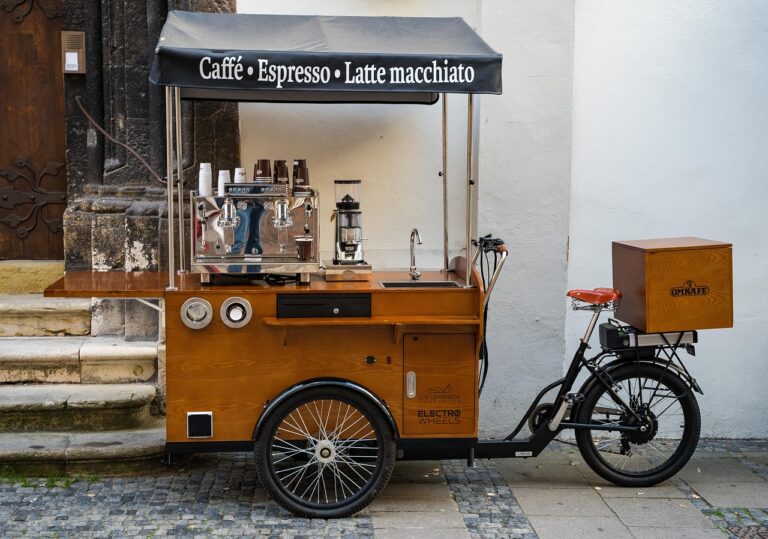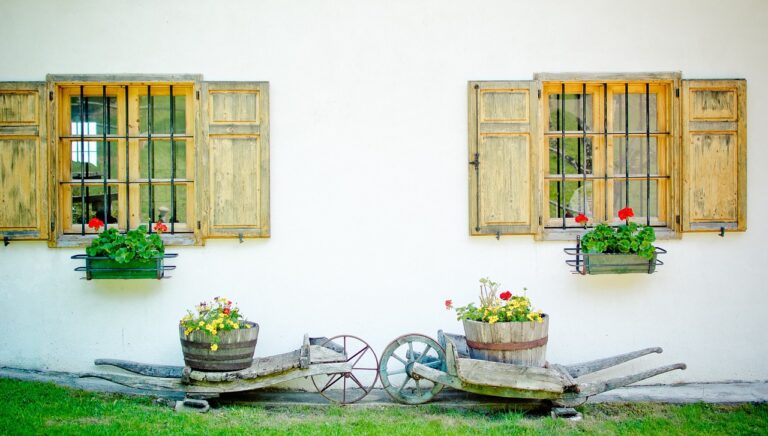Exploring the Growth of Online Vintage Fashion Marketplaces
Vintage fashion marketplaces have witnessed a surge in popularity in recent years, with more and more consumers turning to these platforms to find unique and one-of-a-kind pieces. These marketplaces offer a wide range of vintage clothing, accessories, and footwear from various eras, catering to individuals looking to stand out from the crowd with their fashion choices.
From established online platforms to niche boutique stores, vintage fashion marketplaces provide a convenient avenue for both buyers and sellers to connect and engage in the timeless world of fashion. With an emphasis on sustainability and individual style, these marketplaces have carved out a distinctive place in the fashion industry, appealing to a broad demographic of fashion enthusiasts seeking to express their creativity through vintage pieces.
Emergence of Online Vintage Fashion Platforms
Online vintage fashion platforms have witnessed a significant rise in popularity in recent years. These platforms offer consumers a convenient way to browse, purchase, and sell vintage clothing and accessories from the comfort of their own homes. With the increasing demand for sustainable and unique fashion choices, online vintage fashion platforms have tapped into a niche market that resonates with the modern consumer.
One of the key drivers behind the emergence of online vintage fashion platforms is the shift towards more sustainable shopping practices. As consumers become more conscious of the environmental impact of fast fashion, they are turning to vintage clothing as a way to reduce waste and support a circular economy. Online vintage fashion platforms provide a platform for sellers to showcase their curated collections, offering buyers a wide range of one-of-a-kind pieces that cannot be found in traditional retail stores.
Evolution of Consumer Behavior Towards Vintage Fashion
As consumer preferences continue to shift towards more sustainable and unique fashion choices, the vintage fashion market has experienced a significant surge in popularity. What was once considered outdated or old-fashioned is now being embraced by consumers looking to make a style statement that sets them apart from mainstream trends. This shift in consumer behavior towards vintage fashion is indicative of a broader cultural movement towards sustainability and individuality.
Furthermore, the growing awareness of the environmental impact of fast fashion has prompted consumers to seek out alternative shopping options like vintage clothing. By choosing pre-owned pieces, individuals can reduce their ecological footprint and participate in a more sustainable approach to fashion consumption. This shift in mindset reflects a desire for clothing with a story, a sense of history, and a unique aesthetic that cannot be replicated by mass-produced items.





